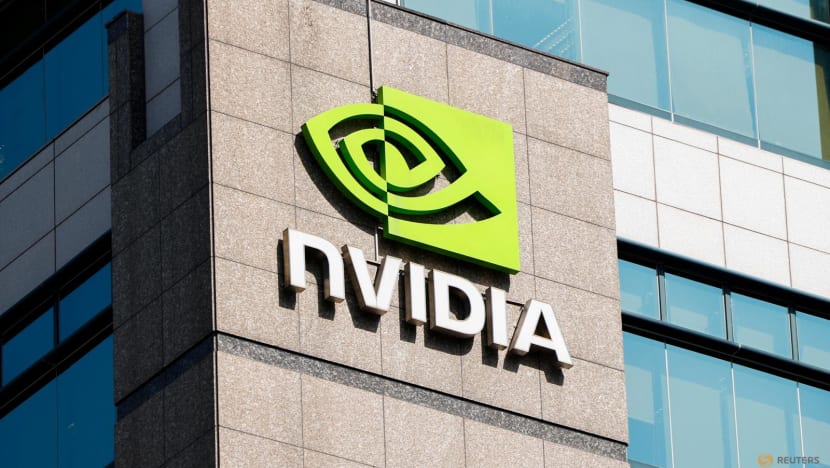Crypto gaming, once hailed as the future of digital entertainment, has experienced a rollercoaster of public interest and industry investment. After explosive early growth driven by the play-to-earn (P2E) model, the sector cooled off due to unsustainable game economies, poor user experiences, and regulatory uncertainties. However, the tide is turning in 2025.
Advancements in technology, changing gamer expectations, institutional investment, and clearer regulatory frameworks have started to reshape the crypto gaming narrative. Now, the question stands: Is crypto gaming finally ready for a mainstream comeback? The Evolution of Crypto Gaming Crypto gaming originated from the idea of combining blockchain technology with traditional gaming to give players verifiable ownership of in-game assets. Unlike conventional games where assets remained locked within platforms, crypto games offered tokens and NFTs that players could trade or sell outside the game environment.

Games like Axie Infinity pioneered the P2E concept and demonstrated the potential for blockchain gaming to become a source of income. At its peak, thousands of players in developing nations relied on in-game earnings as a supplementary livelihood. But the initial hype eventually led to market saturation, unsustainable tokenomics, and declining player bases as earnings dropped and gameplay failed to evolve.
Instead of fading out, the industry took this as a wake-up call. Game developers shifted focus from purely financial incentives to creating high-quality, engaging experiences with lasting appeal. In the current environment, utility, entertainment value, and asset interoperability take precedence over speculative earning.
Technological Advancements Paving the Way The comeback of crypto gaming hinges on technology. Several recent breakthroughs are addressing the weaknesses that plagued early blockchain games. Layer 2 solutions such as Polygon, Arbitrum, and Optimism reduce transaction costs and improve speed by handling transactions off the main Ethereum blockchain.
These platforms enable fast, low-cost gaming environments suitable for real-time player interaction—crucial for modern game mechanics. Game developers now embrace interoperability by building ecosystems where players can use their NFTs or tokens across multiple games. This innovation significantly increases the value of in-game purchases and collectibles.
For example, a sword purchased in one fantasy game may become usable in a partnered battle royale or marketplace. Earlier crypto games often required technical blockchain knowledge, wallets, and token swapping—factors that alienated casual gamers. Now, smoother onboarding systems, social login integration, and in-game tutorials reduce friction.
Custodial wallets, fiat payment options, and intuitive designs lower the entry barrier, making blockchain games feel more like traditional titles. The Shift in Player Expectations Gamers in 2025 prioritize gameplay quality over token incentives. They look for immersive storylines, balanced mechanics, compelling graphics, and social features.
The market now rewards developers who create games that retain players through excitement and challenge rather than economic rewards alone. This shift stems from the realization that crypto elements should complement—not dominate—the gaming experience. Game developers have responded by building first-class games with blockchain features embedded seamlessly into gameplay.
For example, ownership of characters or land becomes a meaningful part of progression, not just a financial asset. Industry Adoption and Strategic Investment Gaming giants and Web3-native studios have intensified their focus on blockchain. Several major gaming companies have begun launching crypto-integrated projects, signaling industry confidence in decentralized gaming infrastructure.
The blockchain gaming sector continues to attract venture capital and private equity interest. Investments flow into infrastructure development, user acquisition, and Web3-native game studios. According to industry research, the global blockchain gaming market expects a compound annual growth rate of over 60% through the next decade.
The projected increase reflects faith in both technological feasibility and user adoption. In addition to financial backing, partnerships between blockchain platforms and traditional game publishers are driving co-development of hybrid models. These collaborations combine Web2 game mechanics with blockchain innovation, bridging the gap between mainstream audiences and crypto-native communities.
Regulatory Landscape and Its Role Regulation remains a significant factor in crypto gaming’s future. Uncertainty over the legal classification of in-game assets, NFTs, and tokens previously discouraged developers from fully embracing blockchain models. That narrative is beginning to shift.
Several jurisdictions have proposed clear frameworks addressing digital ownership, taxation of virtual earnings, and anti-money laundering compliance. These developments create safer environments for users and reduce legal risks for developers and investors. As regulation improves, institutional confidence grows.
Compliance-focused ecosystems also attract developers seeking long-term sustainability. Transparent tokenomics, audited smart contracts, and player protection features further boost market credibility. Remaining Challenges Despite promising trends, crypto gaming still faces several challenges: Linking gameplay rewards to cryptocurrencies exposes games to high market volatility.
Sudden value swings in in-game tokens can disrupt game balance, player experience, and studio revenue models. Decentralized infrastructure can attract malicious actors. Hacking incidents, rug pulls, and exploitations of smart contracts remain risks that require strong security protocols, regular audits, and insurance mechanisms.
Although many games have shifted to eco-friendly blockchains, environmental criticism of blockchain-based gaming lingers. Developers continue migrating to Proof-of-Stake networks and carbon-neutral platforms to address these concerns. Understanding wallet management, token utility, and the significance of asset ownership remains a learning curve for casual gamers.
Educating users through tutorials and content will remain critical to onboarding success. Examples of Crypto Gaming Innovation in 2025 Several games and platforms illustrate the sector’s potential: Fully Decentralized MMOs allow players to govern in-game economies and vote on development changes through decentralized autonomous organizations (DAOs). P2E Hybrid Models now balance limited in-game earning opportunities with standard competitive play, ensuring token supply does not spiral out of control.
Esports Integration with crypto rewards enables tournaments where players earn digital tokens or NFTs, enhancing both viewership and engagement. These trends reflect a growing effort to build sustainable ecosystems instead of short-lived, speculative booms. Crypto gaming in 2025 stands at a pivotal point.
The sector has matured significantly since its early hype cycle, focusing on quality gameplay, technical reliability, and real-world use cases for blockchain integration. While challenges persist, the core foundations now support long-term growth. With strong developer intent, increasing venture capital interest, improved technology, and clearer regulation, crypto gaming has the tools and momentum to reclaim mainstream relevance.
The next generation of blockchain games aims to redefine digital ownership, reshape player economies, and elevate the entertainment value of interactive digital worlds..
















